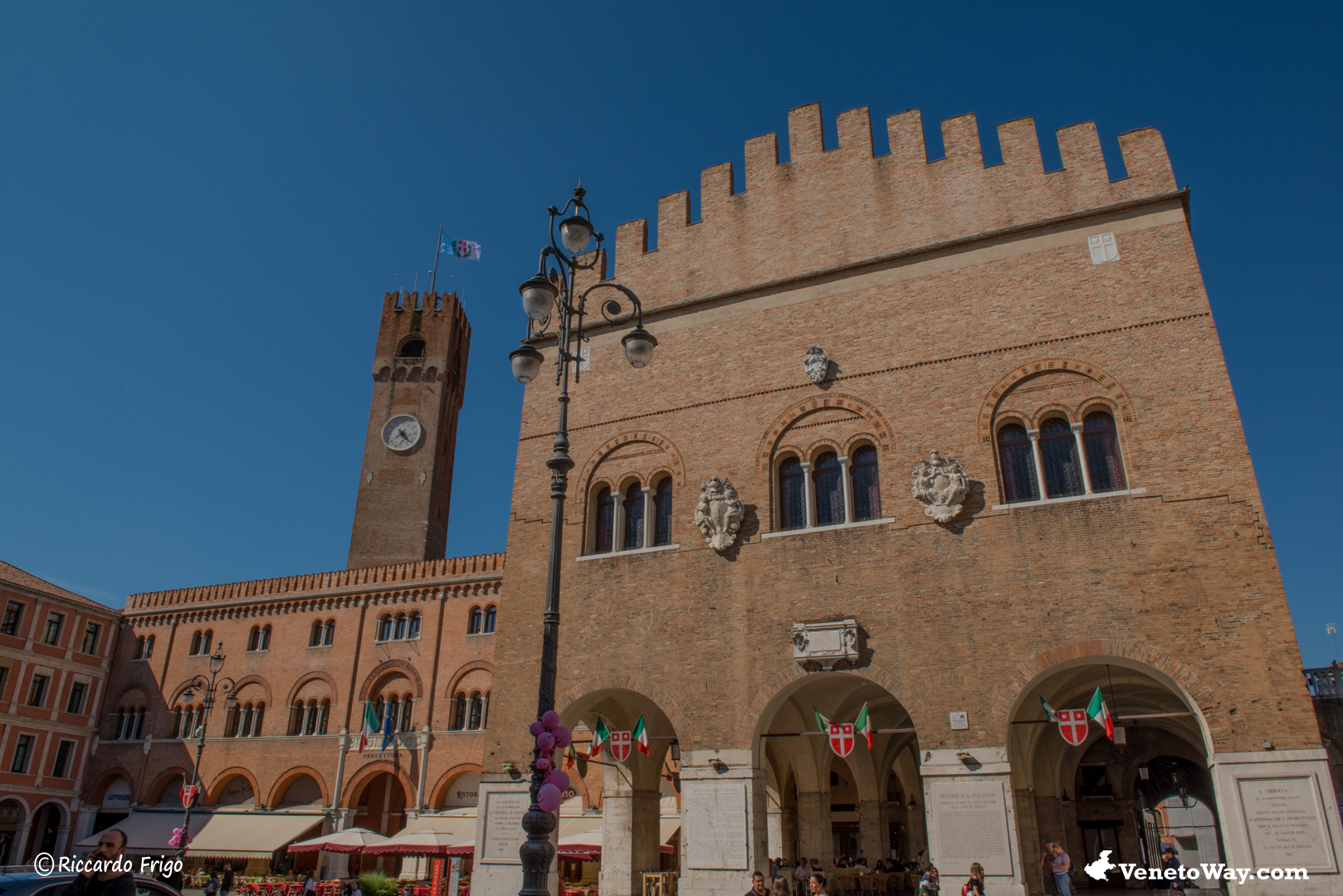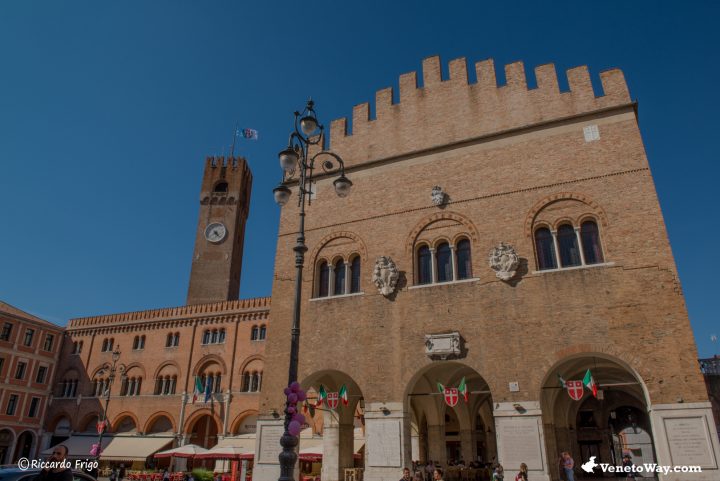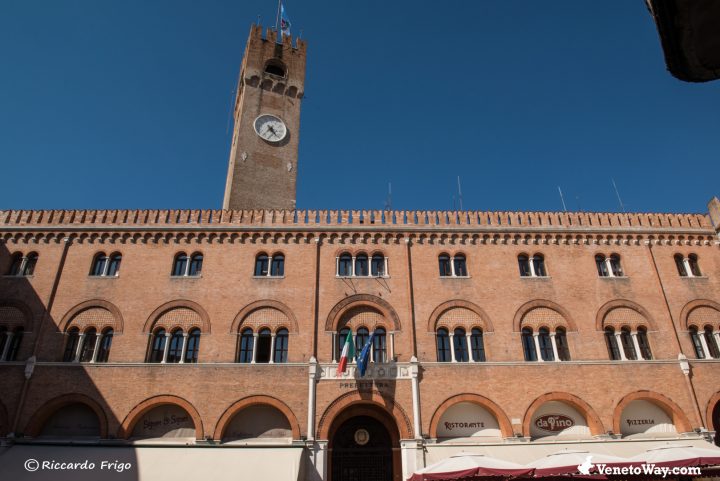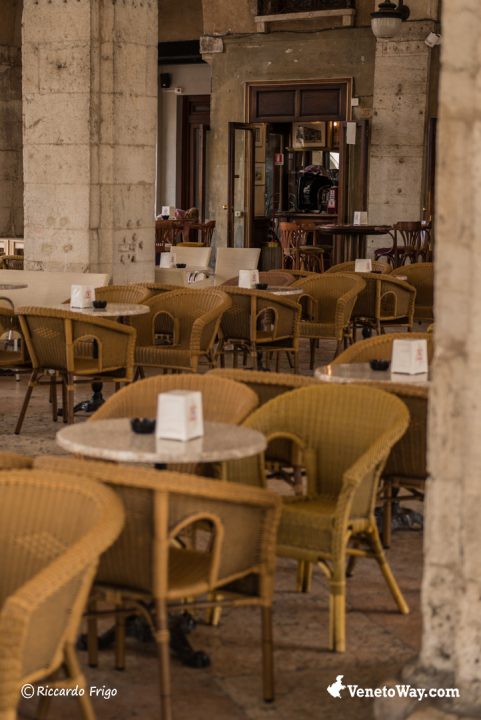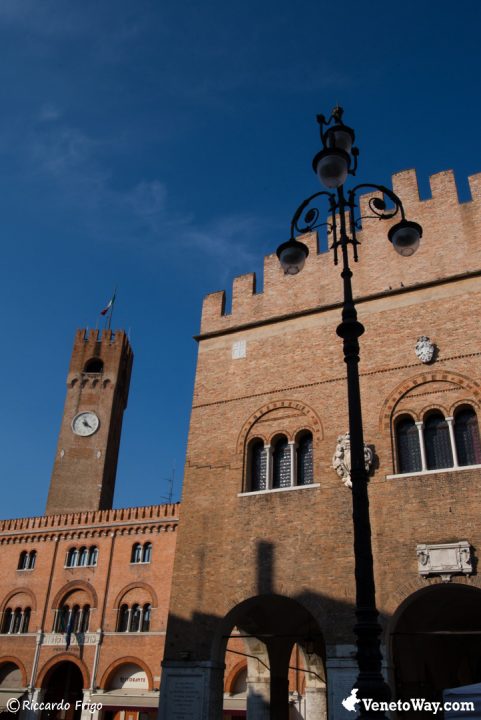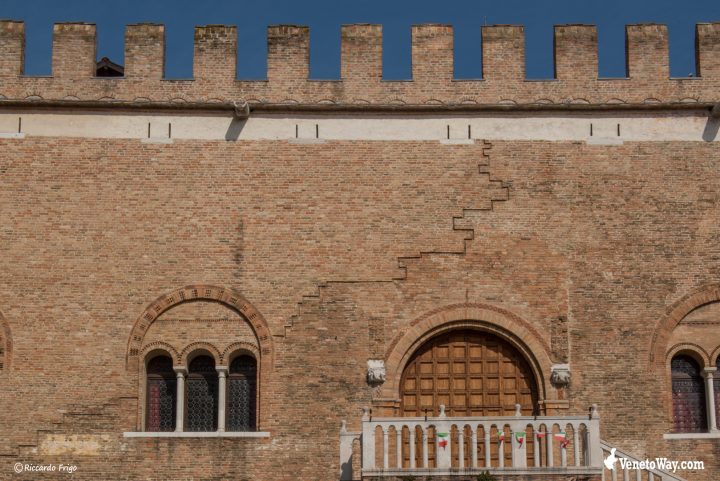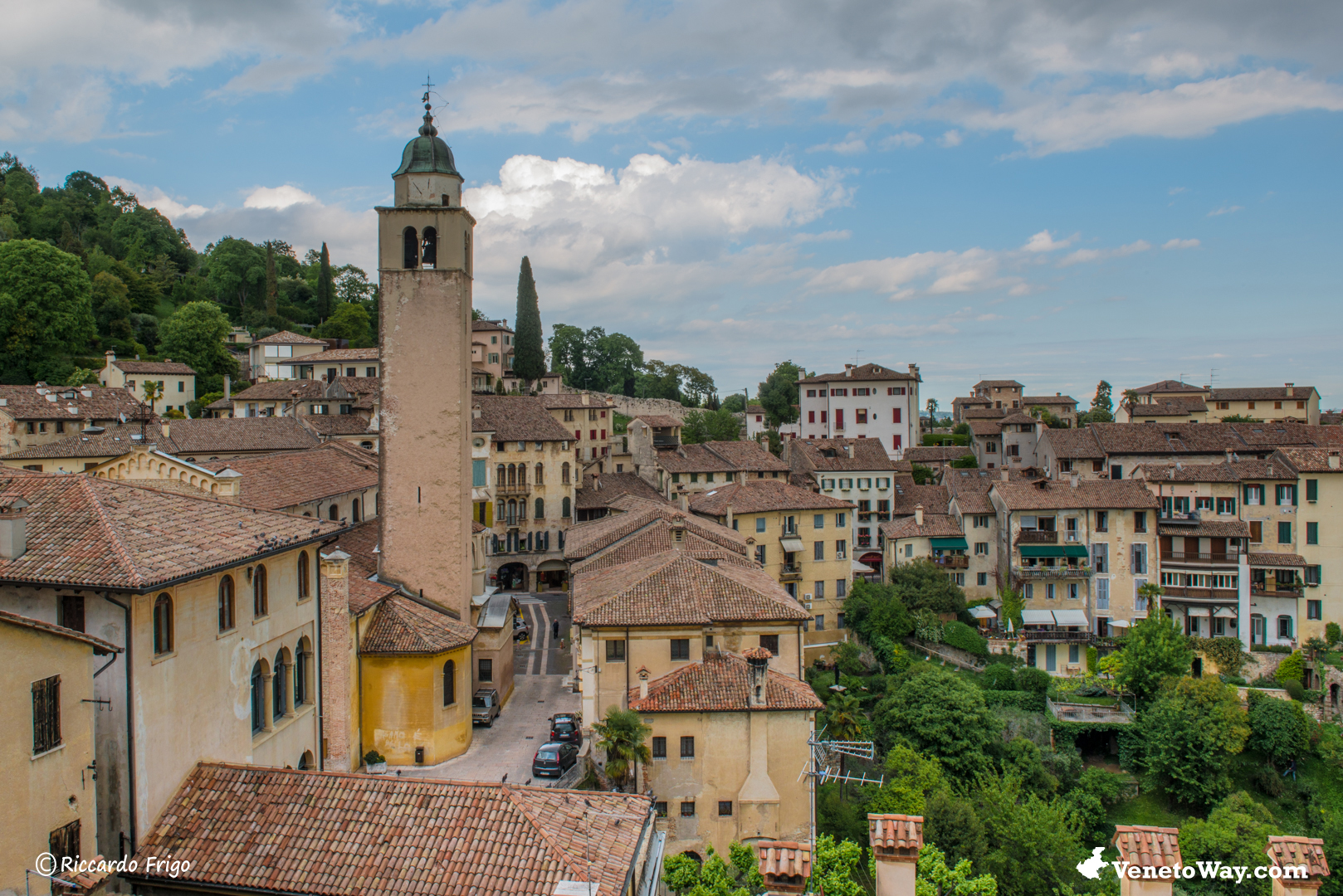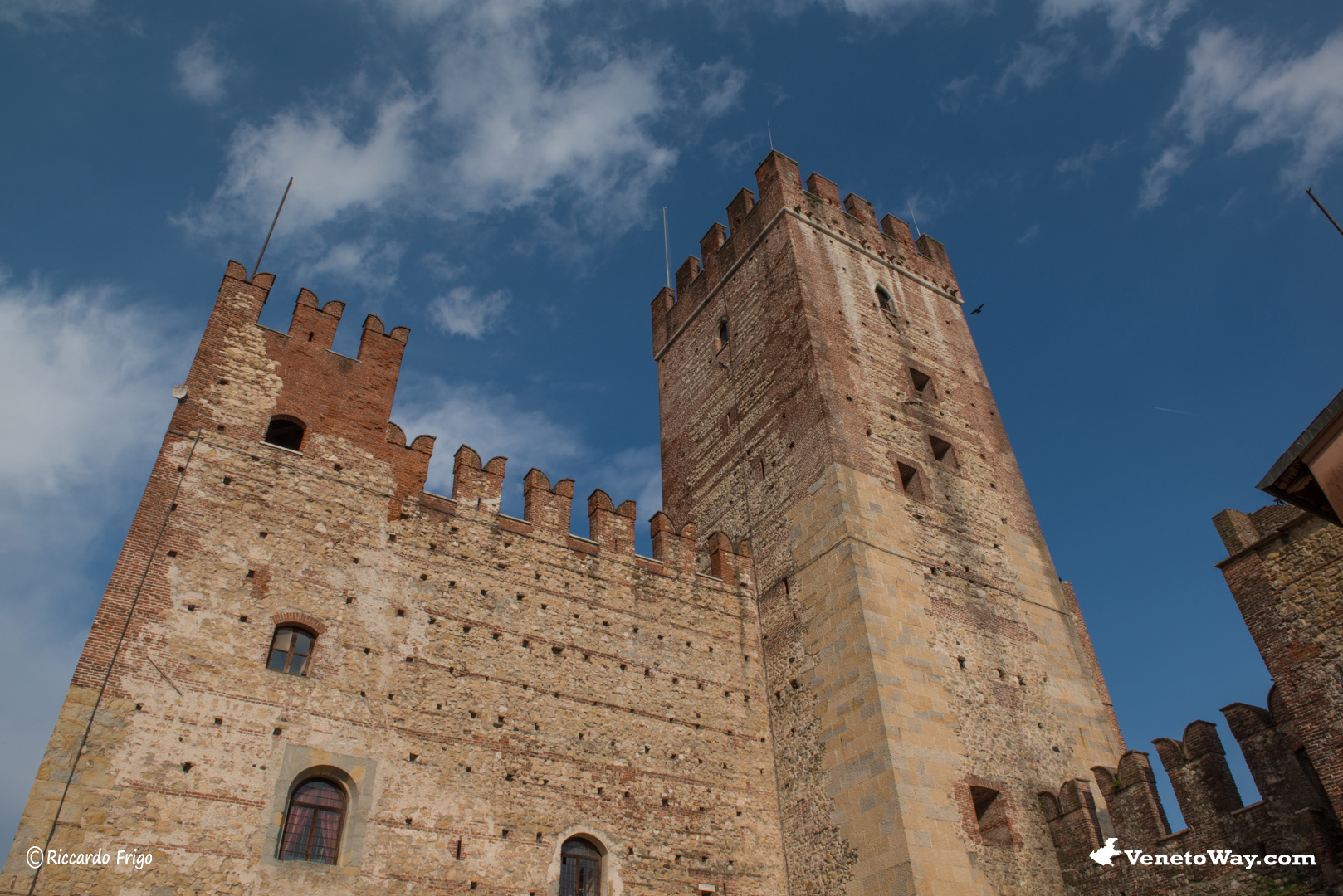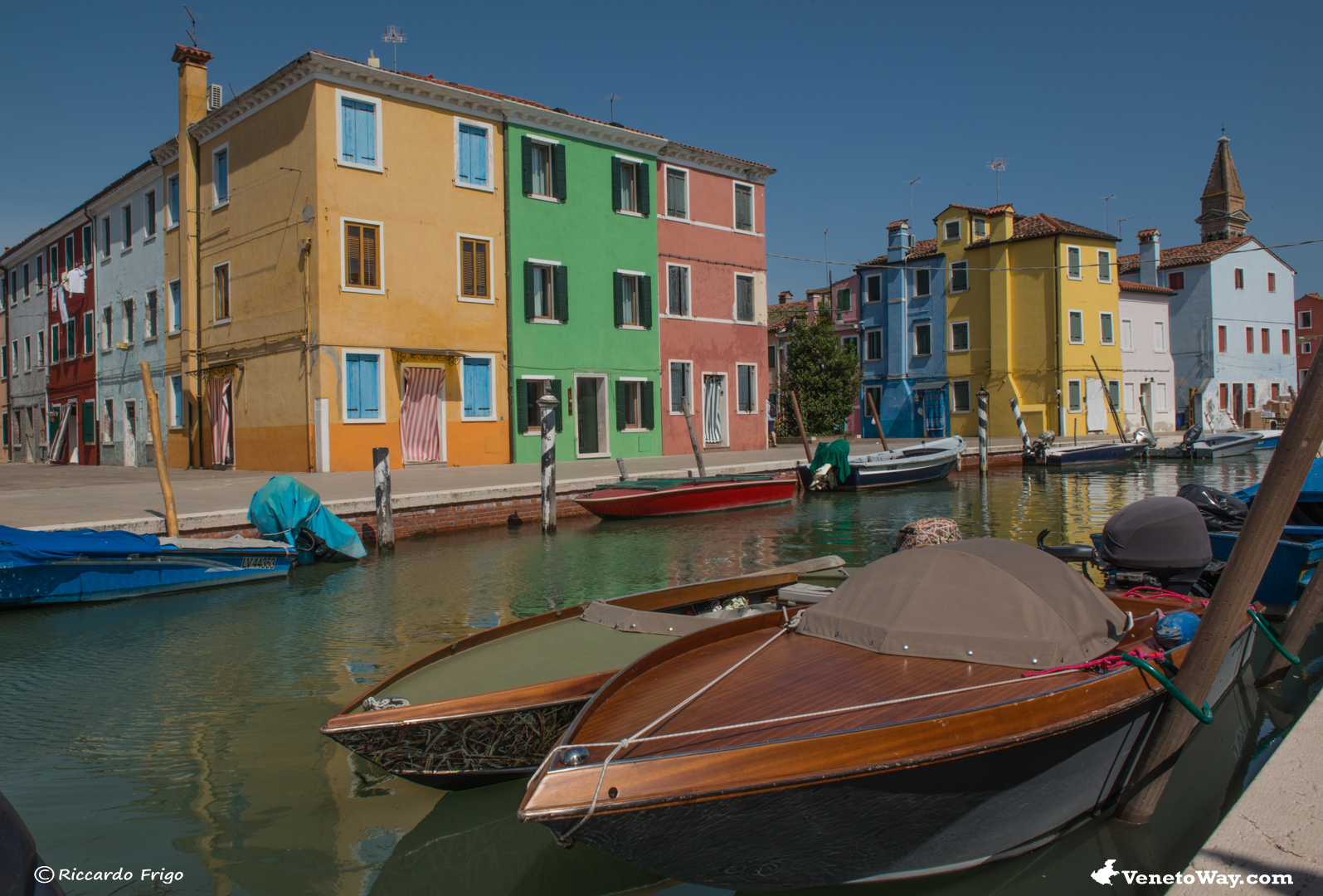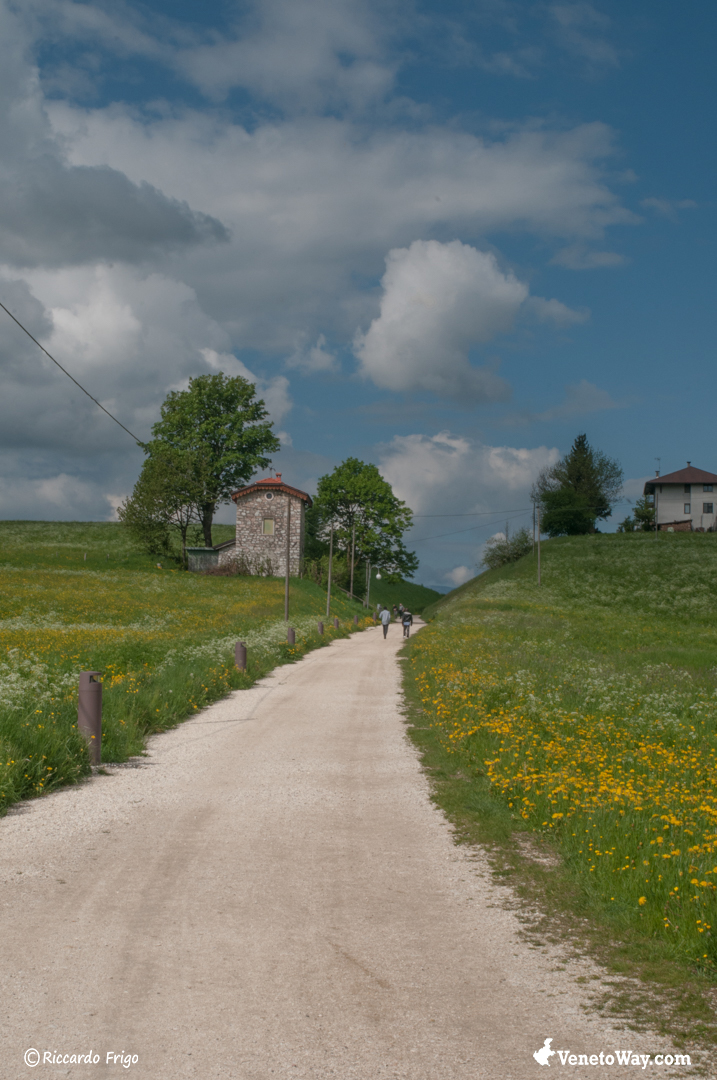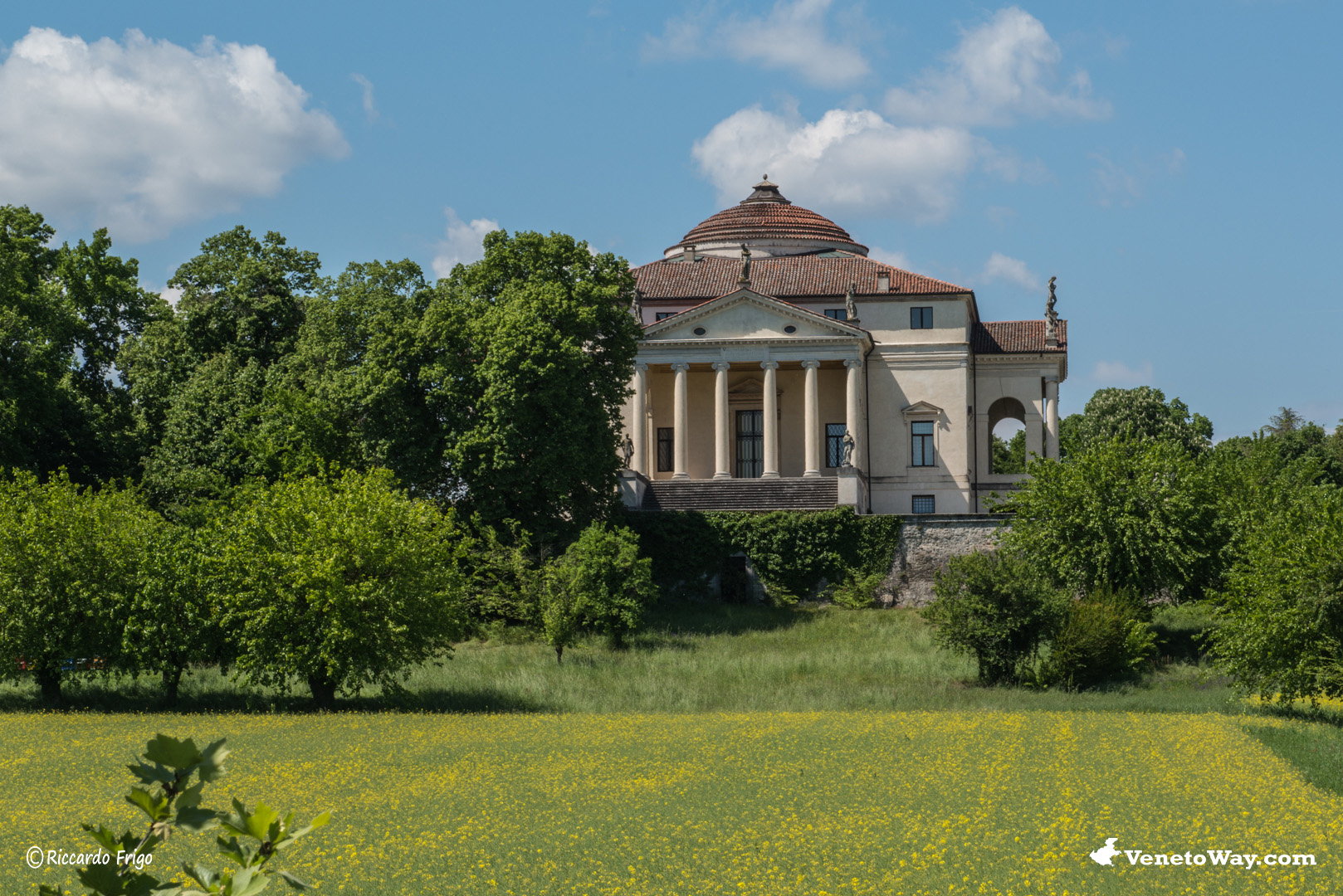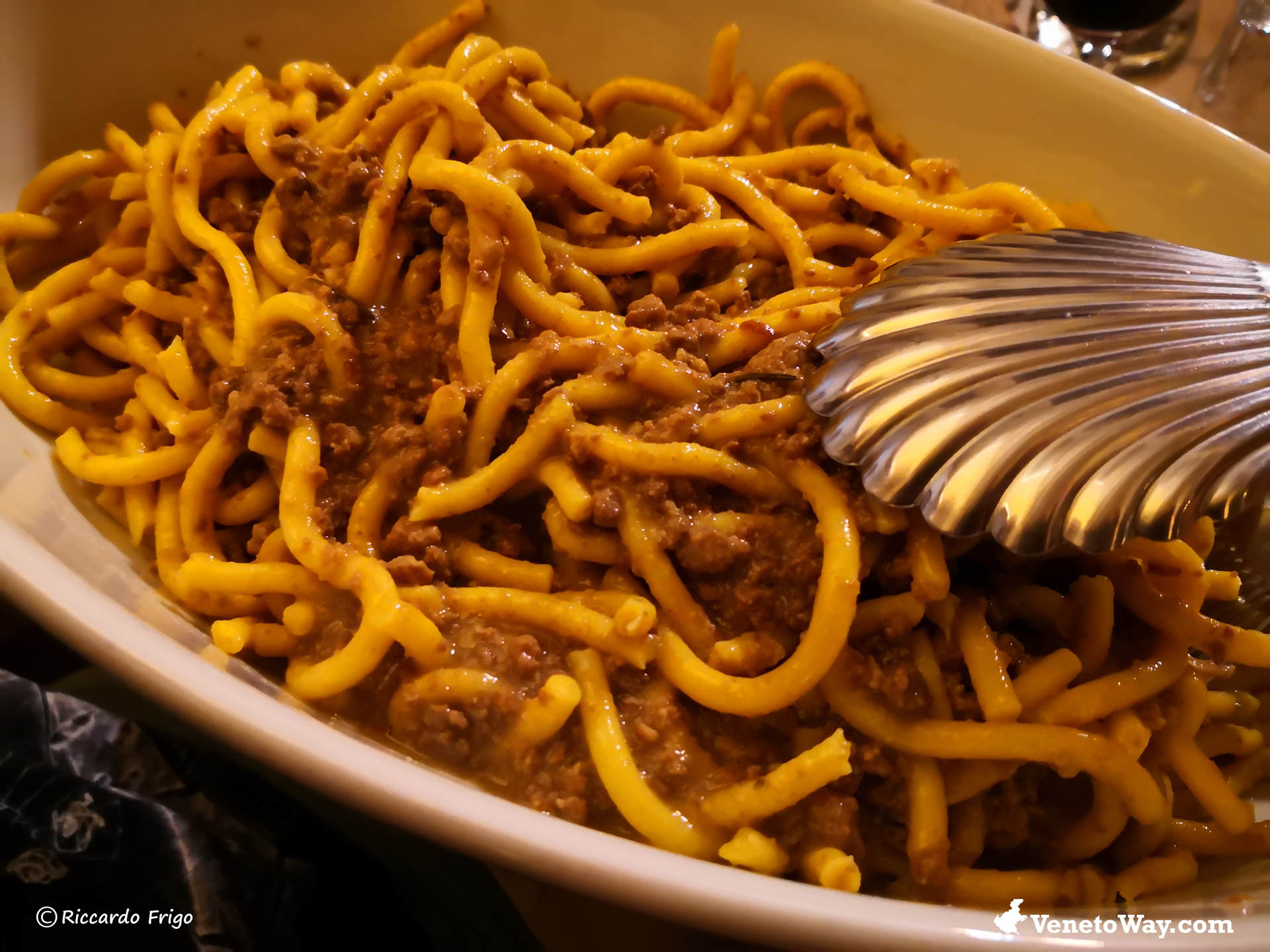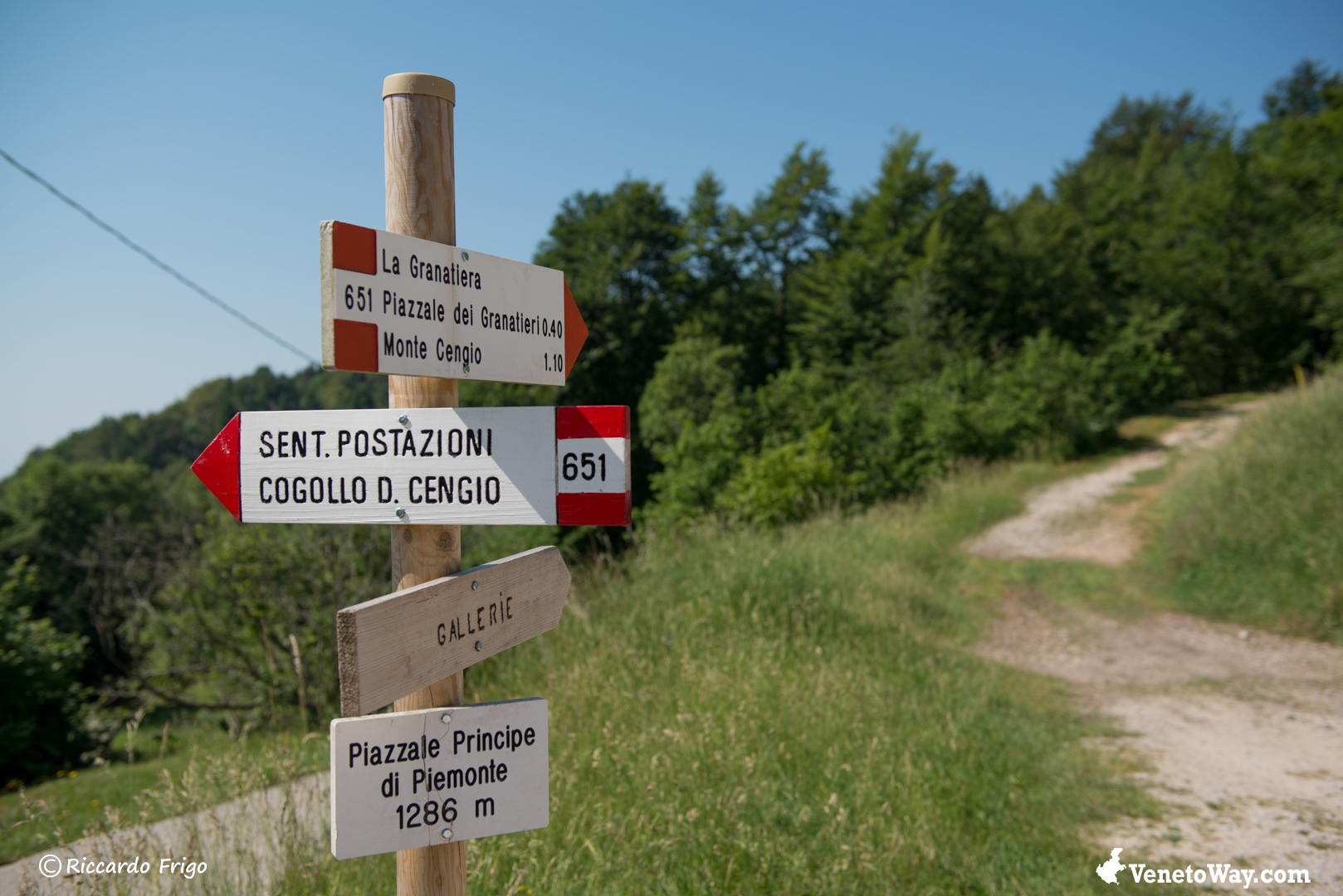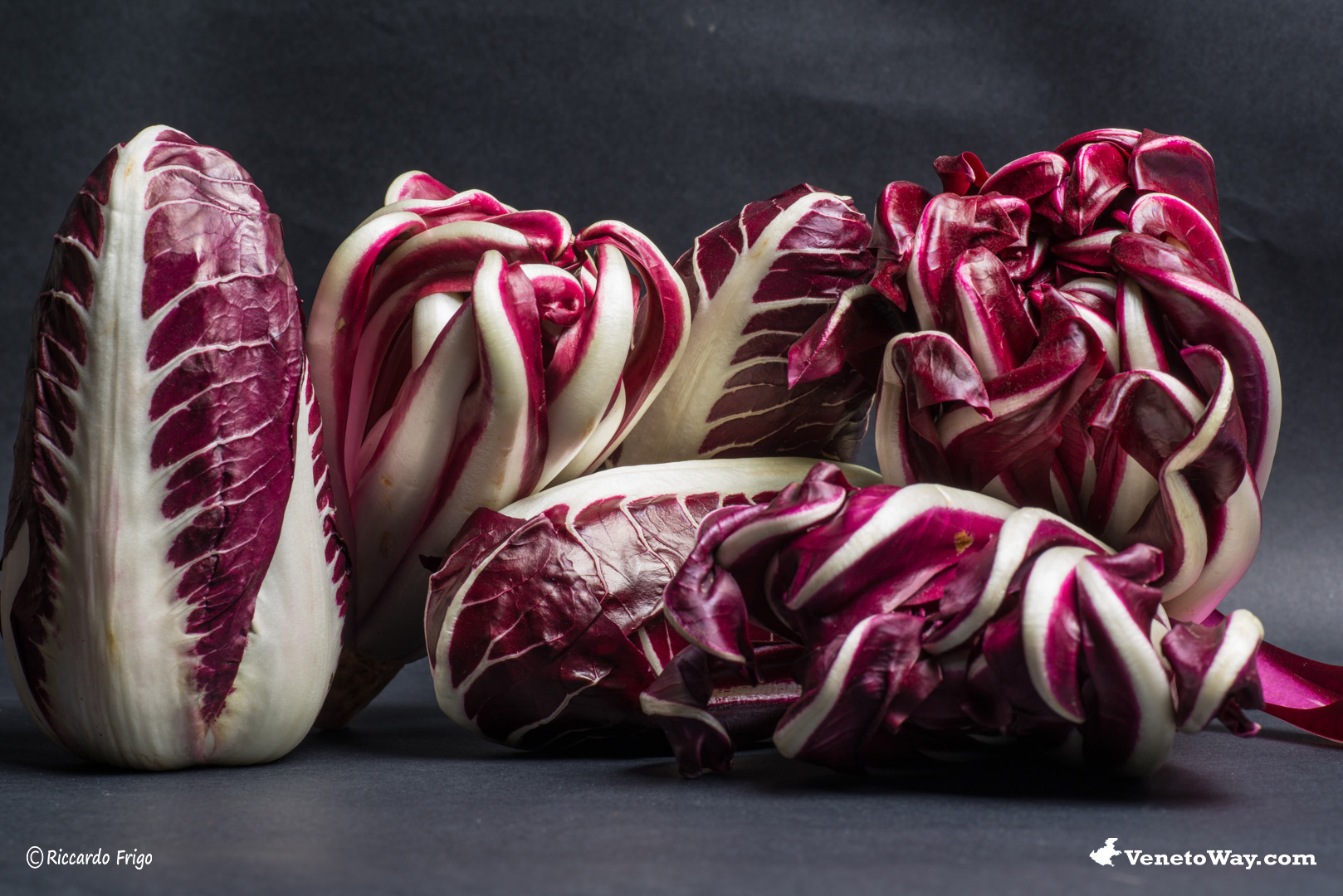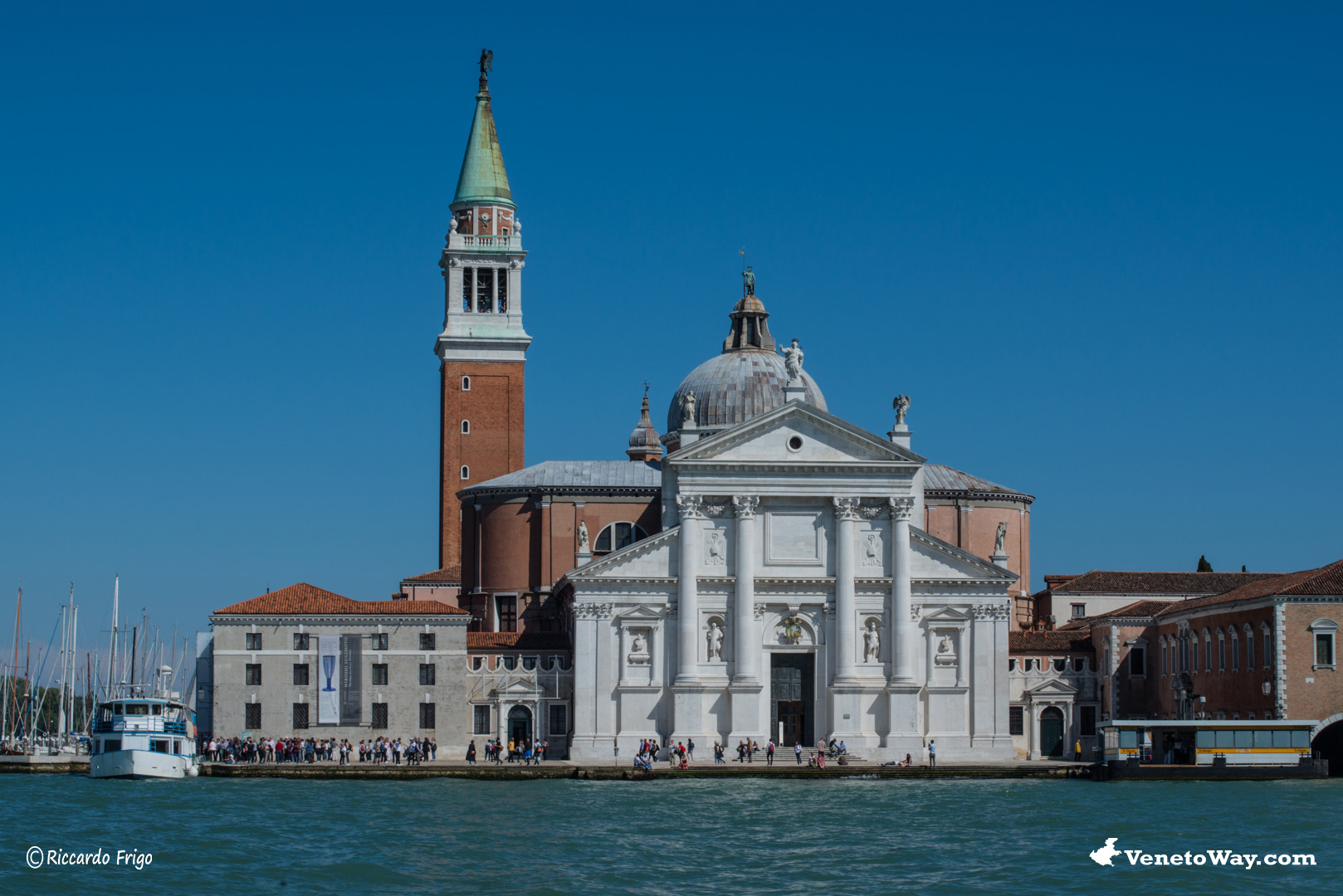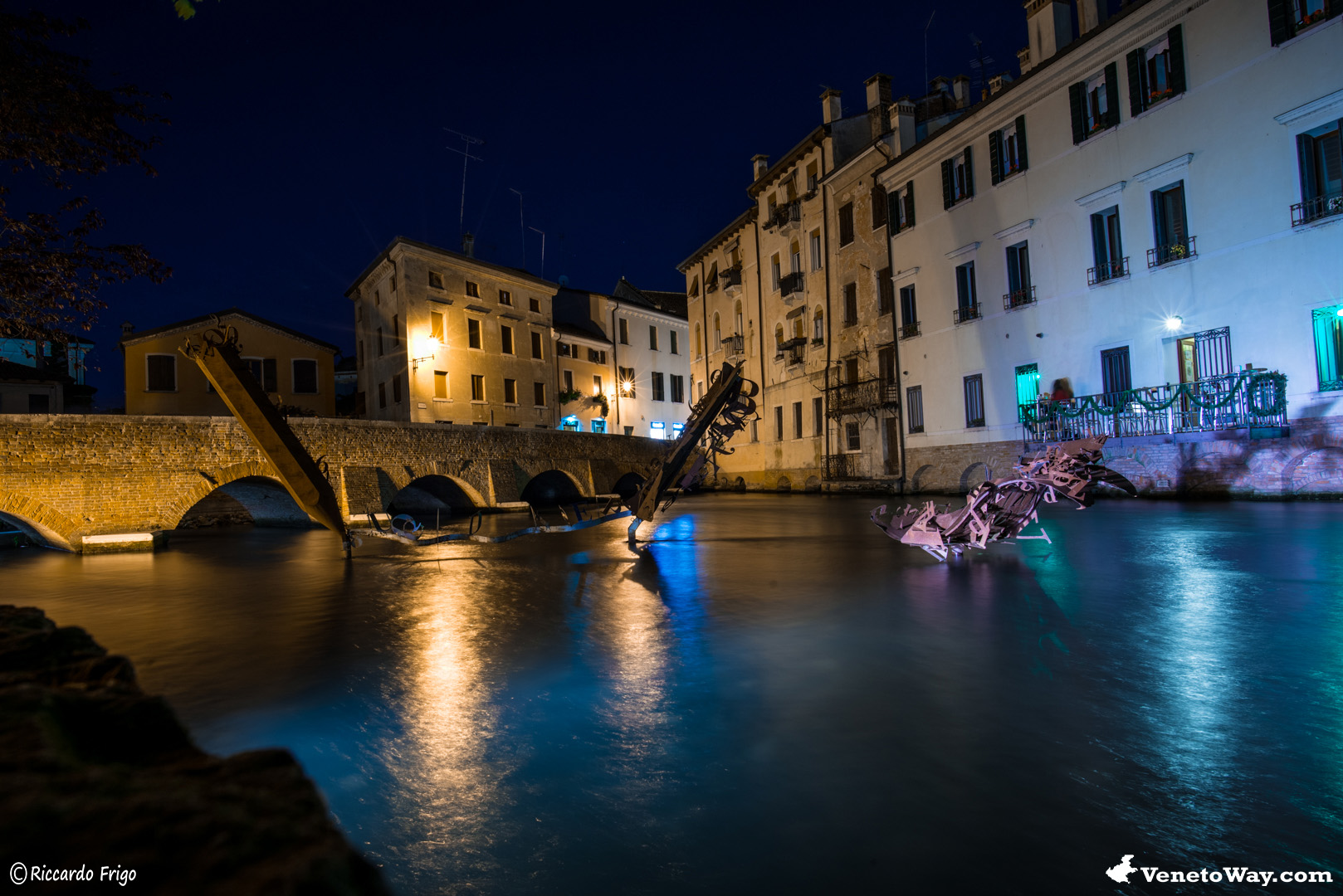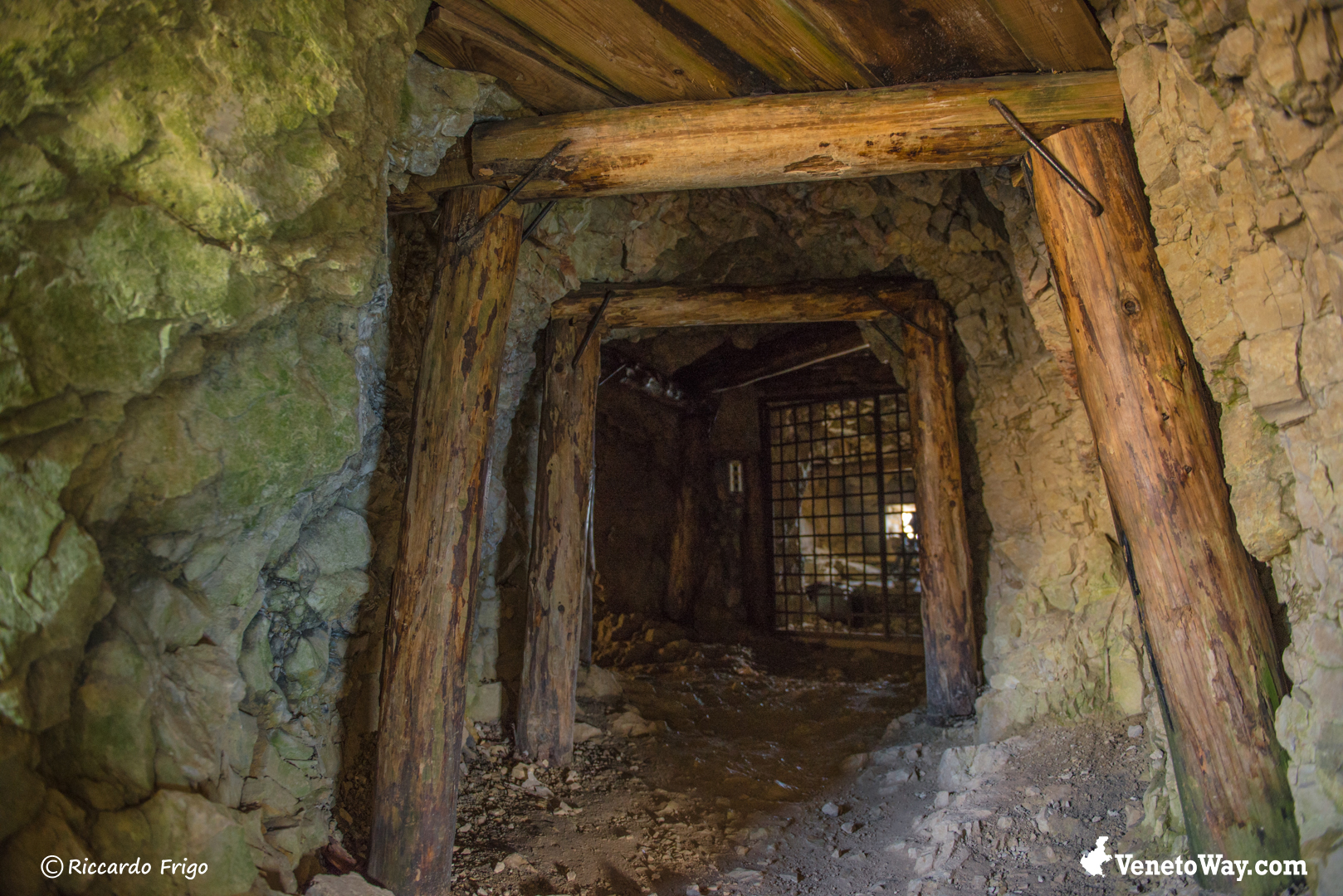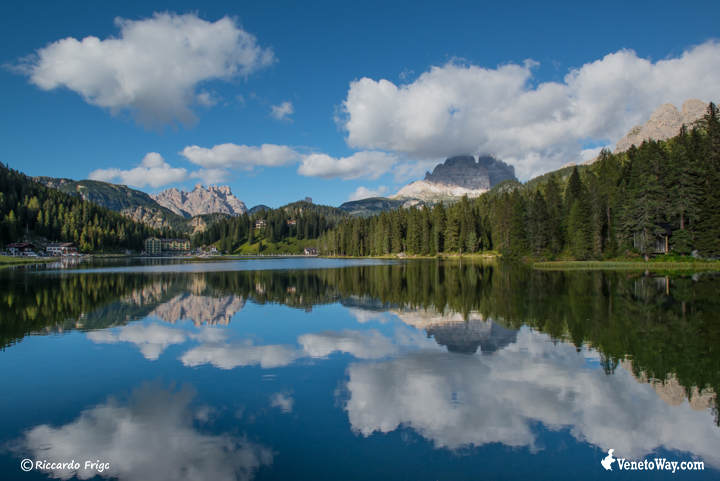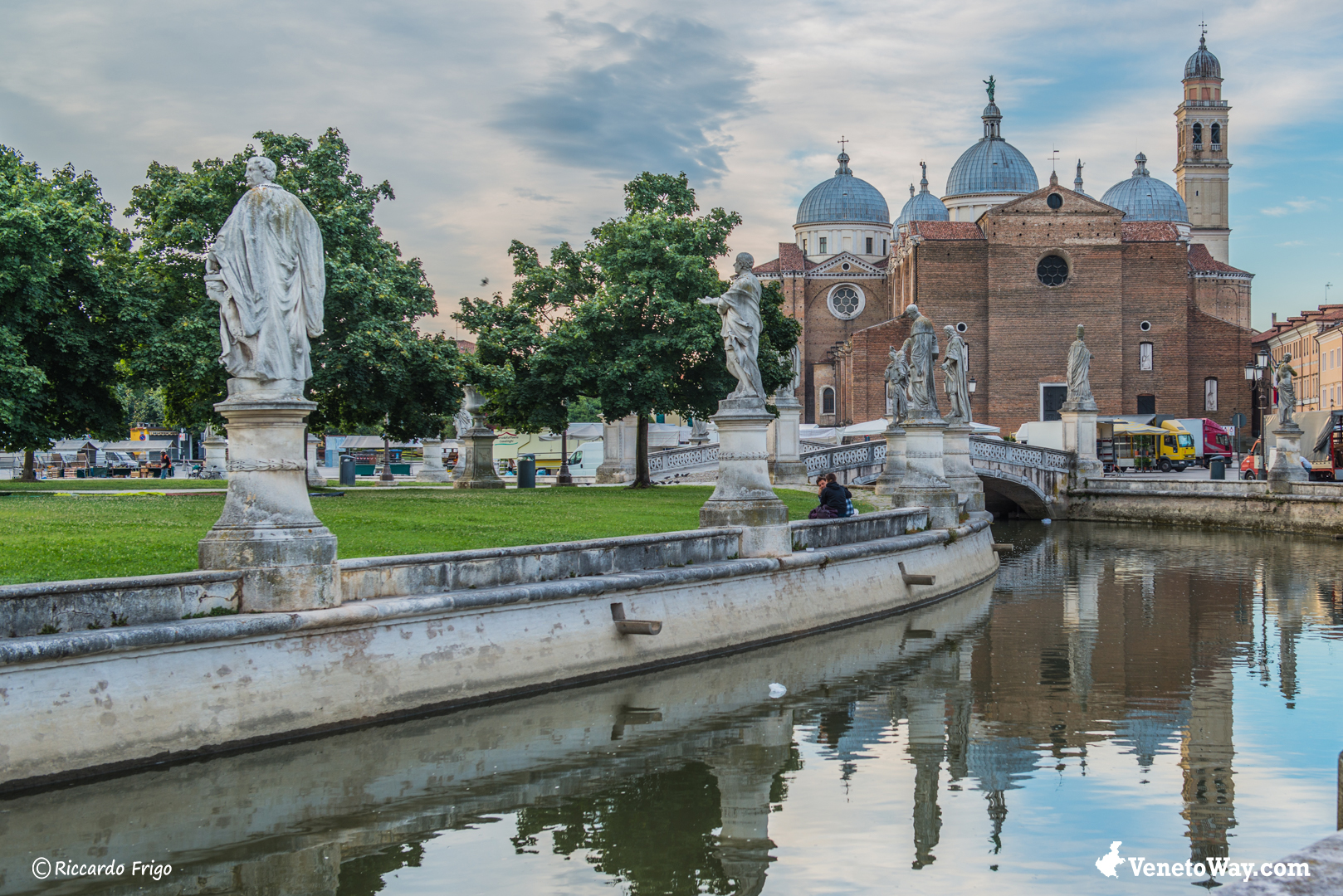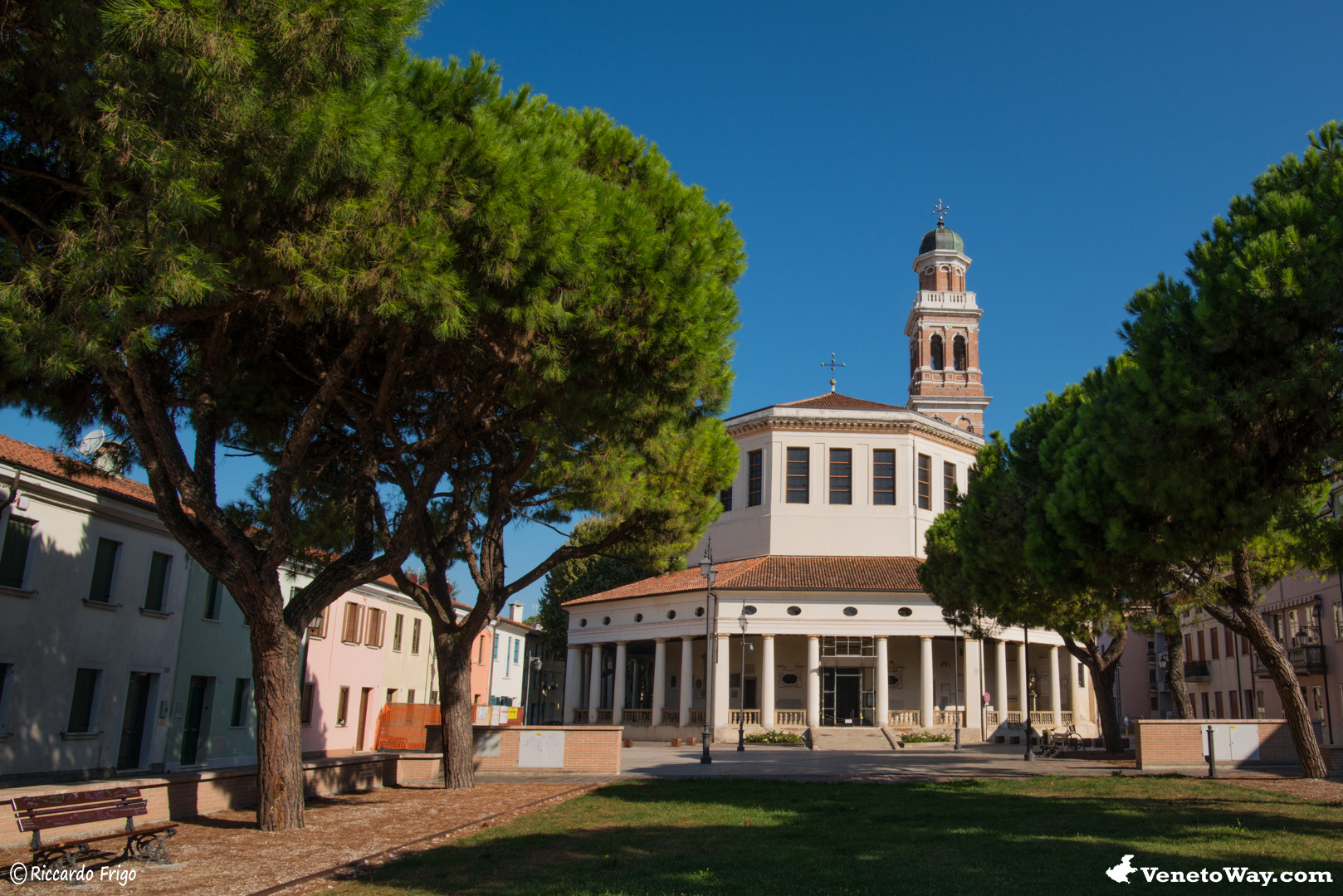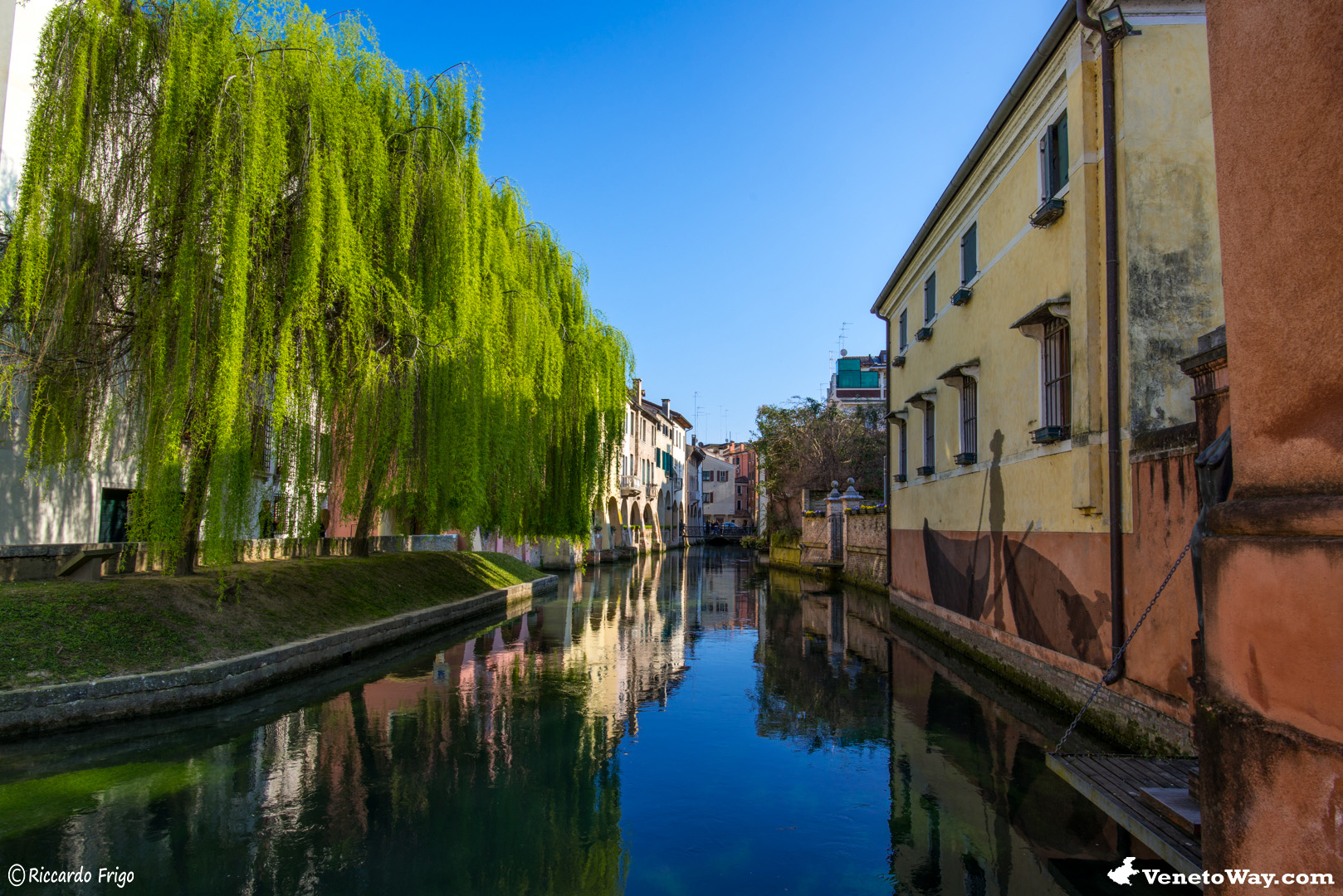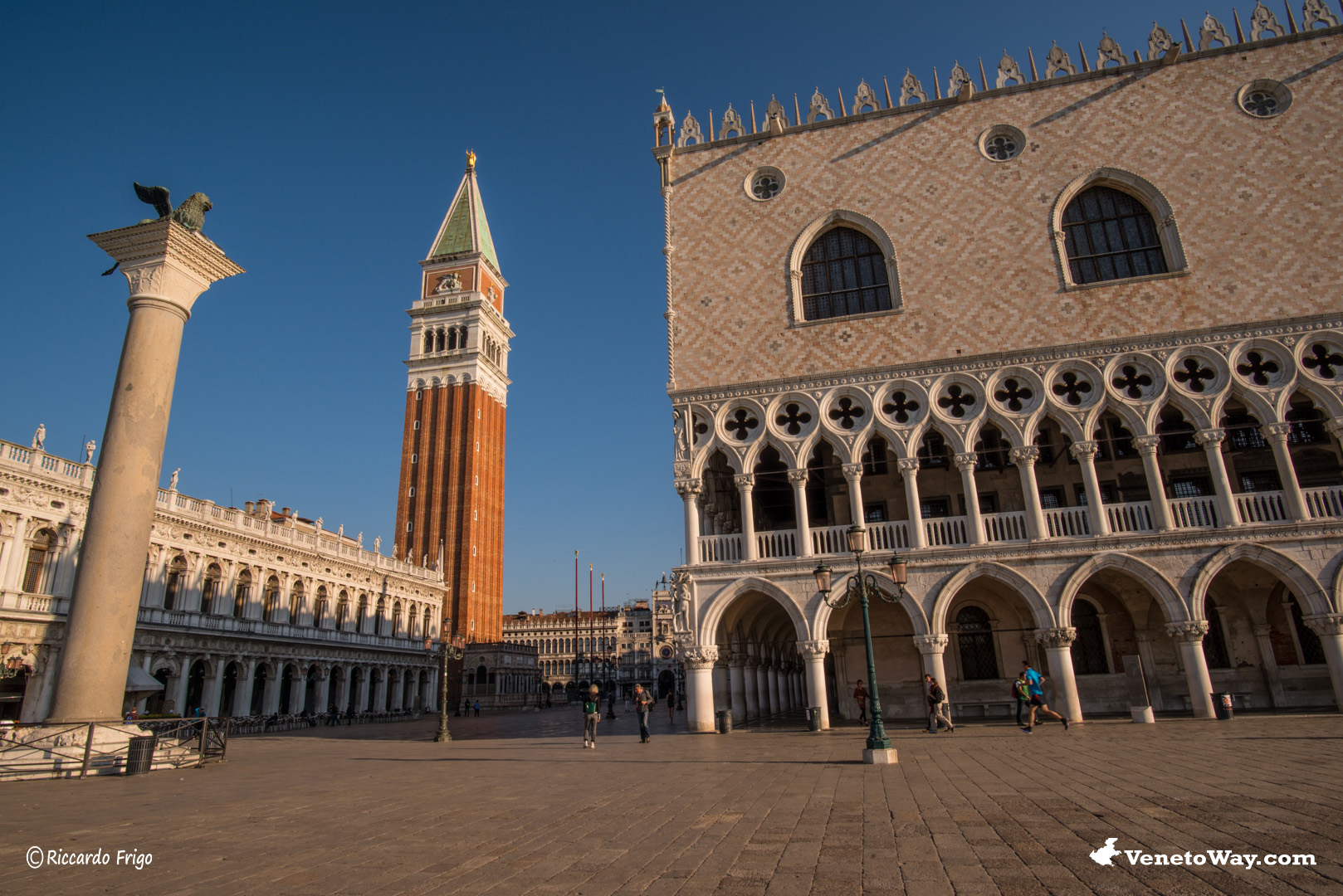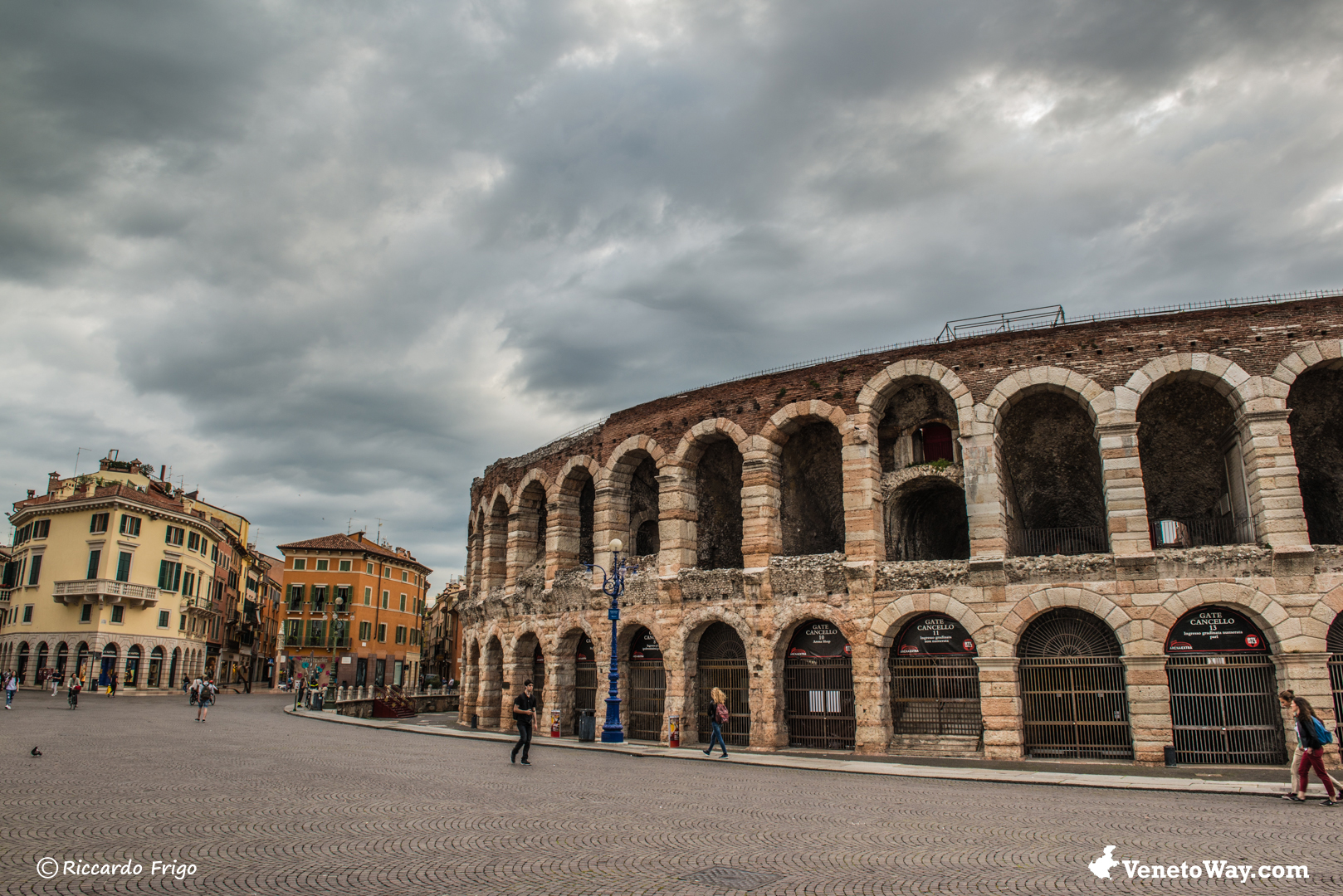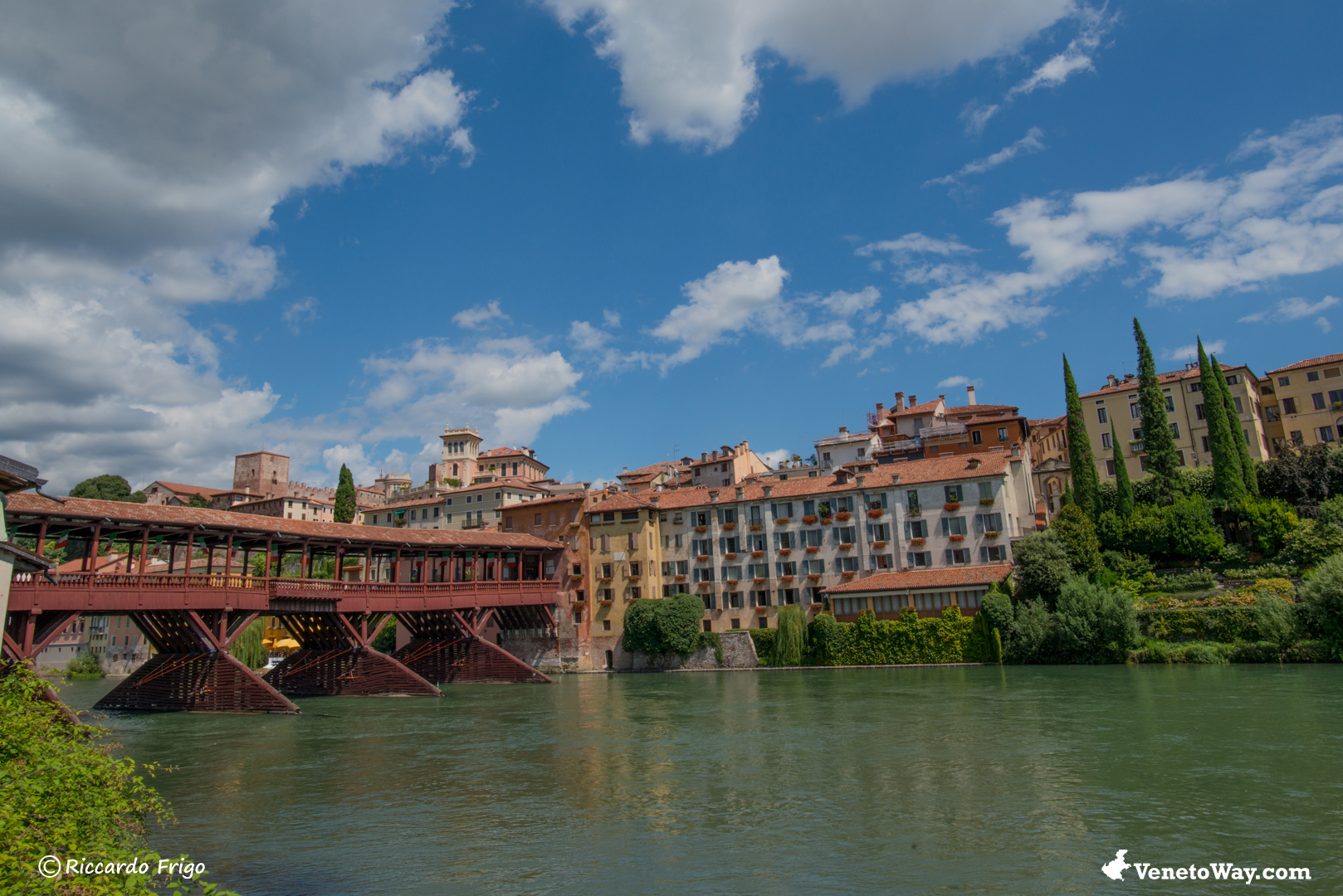The Trecento Palace is one of the most particular and important buildings for the history of city center of Treviso.
The Trecento Palace
Already in the thirteenth century the inhabitants of Treviso met in Signori Square to attend parties, shows and the most important ceremonies of city life. Small and graceful like few others, it is surrounded by splendid monumental palaces and still today represents the cultural, artistic and social center of the city.
Among the various buildings that overlook are the Podestà Palace, now known as Prefettura Palace, rebuilt in a romantic style and surmounted by the characteristic medieval Civic Tower, 48 meters high and crowned with Ghibelline merlons.
Guelphs and Ghibellines were the two groupings, two movements in the Italian politics of the late Middle Ages, in particular the twelfth century. Who after the death of Emperor Henry V of Franconia in 1125, the last emperor of the Holy Roman Empire, fought for the succession of the imperial crown.
In this political context, the struggle passed in distinguishing who supported the empire, that is, the Ghibellines, and who supported the papacy, that is, the Guelphs. In particular, the two factions were depicted, they personified themselves with some pride in their battlements of the walls and towers, their castles and possessions, distinguishing them between square battlements those of the Guelphs and dovetail battlements those of the Ghibellines.
The Trecento Palace, also called Ragione Palace, it is one of the symbols of the historic center of Treviso, overlooking the elegant lounge of Signori Square. It is the place where the Maggior Consiglio del Comune met, an assembly made up of 300 citizens elected half of the nobility and half of the people. It was built in 1185 in brick and with the ground floor with a Romanesque portico, for the assemblies of the Domus Comunis, the various municipal organs.
Over time, the palace entered at full capacity, with public assemblies, the seat of the court of the Consuls, seat of the Podestà and seat of the fourteenth century. With increasing political and administrative power, the palaces and shops of the area also increased, in 1546 there were forty-four businesses only under the Palazzo dei Trecento, spaces that were rented by the municipality of five years in five years.
The upper floor containing a single large hall, typical of Venetian palaces, is illuminated by a series of three-light windows, windows divided vertically into three parts, inscribed in decorated lunettes and by numerous frescoes made by Venetian artists between the fourteenth and sixteenth centuries. Today the Palazzo dei Trecento is still the seat of the city council, as well as a prestigious venue for exhibitions and displays.
VENETO REGION INFO
Browsing through the pages of this site, you can organize your next holidays in the Veneto region and, thanks to the many photos published, everything will be very simple.
Every single shot is the result of a great passion for this land and thousands of kilometers traveled to achieve all this, with the aim of enhancing and making this incredible territory known.

